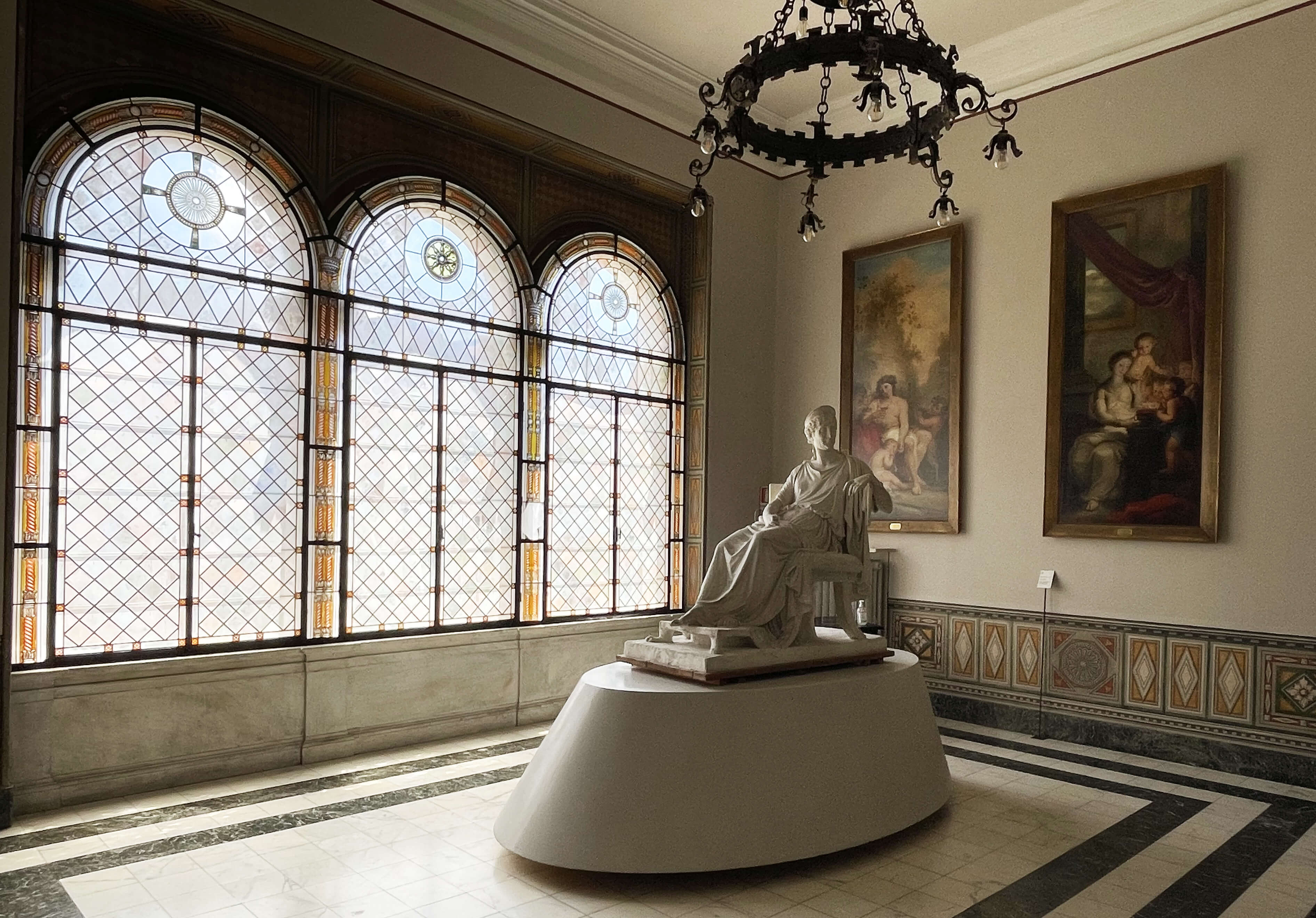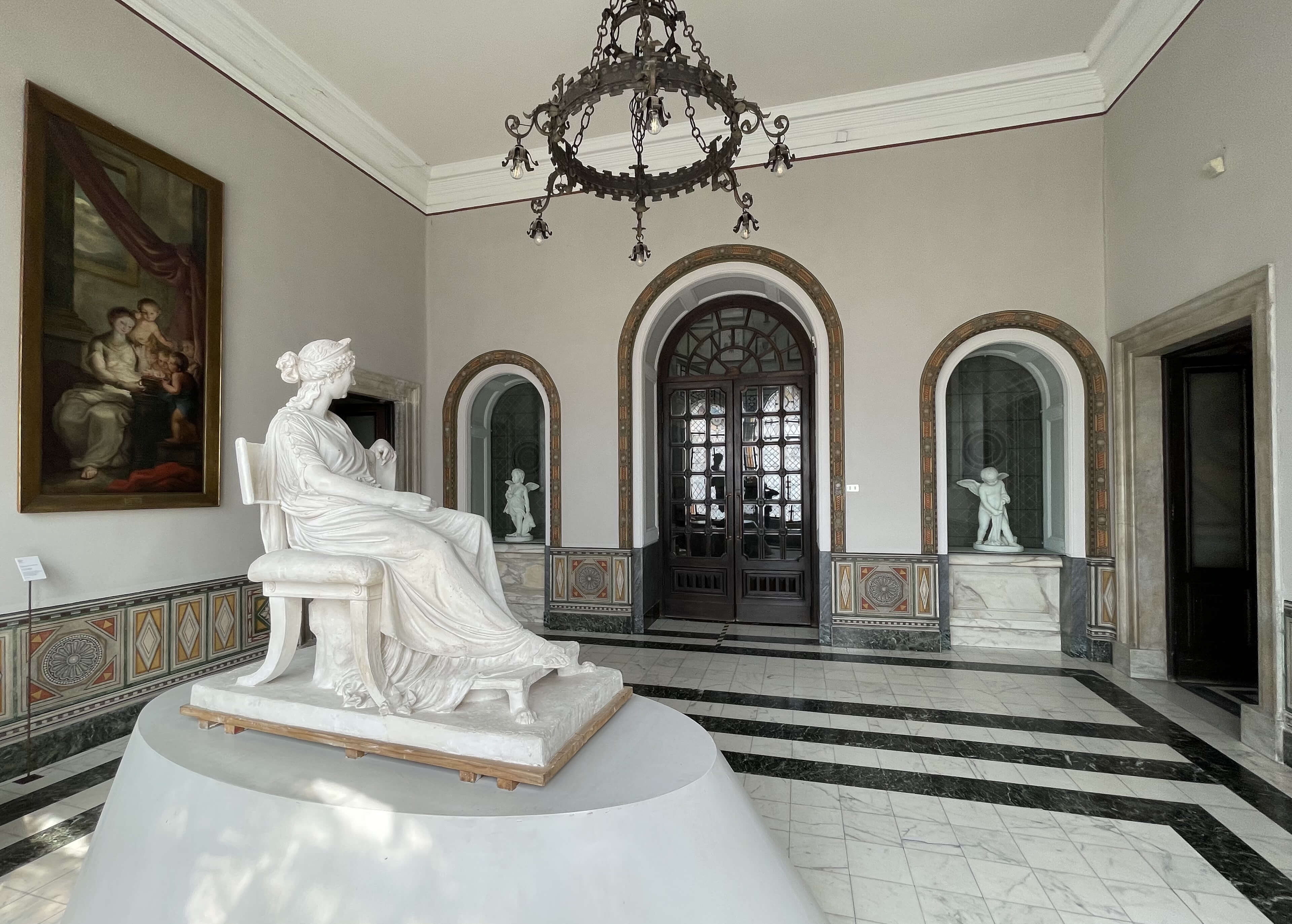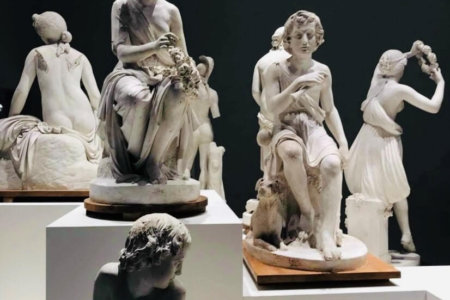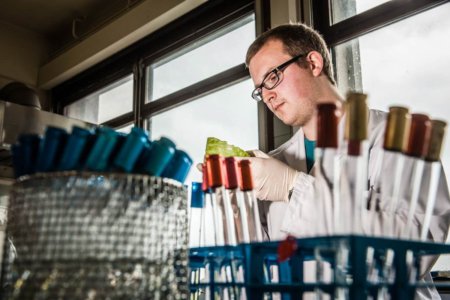There’s no better place to immerse yourself in the arts than in Italy. Specifically, the city of Carrara in the region of Tuscany. Here, massive marble quarries loom over the city, a reminder of how they were the raw materials behind some of the greatest masterpieces the world has seen. These were the slabs of stone that Italian sculptors like Michelangelo, Canova, and Bernini turned into age-defying treasures, including the monumental, unfinished Apollo-David.
Accademia di Belle Arti di Carrara sits on Via Roma 1, surrounded by this majesty and history. It was founded on Sept. 26, 1769 to serve — fittingly — as the connection between the arts and the landscape to which it belongs.
Its patron was Maria Teresa Cybo, Duchess of Massa and Princess of Carrara, who wanted to promote the development of the arts, while supporting the marble industry and trade. In order to finance the academy, she imposed taxes on the marble trade. Its first Director of the School of Sculpture was sculptor and abbot Giovanni Antonio Cybei.
With its links to the most important European courts, aristocratic families and wealthy merchants of that time, it wasn’t long before the academy’s reputation grew.
Today, it is one of the oldest artistic institutions in Europe. Its connection to its landscape has grown, strengthened by its constant exchange with art galleries and craft workshops, as well as open dialogue with the city of Carrara.

Prepare for a unique art school experience in Italy. Source: Accademia di Belle Arti di Carrara
Programmes inspired by art and landscape
The academy offers programmes in various subjects, including Painting, Sculpture, Cinema, Design, Scenography, Comics, and Art Graphics. Each fuses practical and technical training, with many opportunities to collaborate with art galleries, temporary installations, theatres, cinemas and in the teaching sector.
Historically, the academy has a strong tradition in Sculpture but it is just as recognised and impactful in Graphics, Decoration and Painting. In the next academic year, the courses of Didactics of Art, Design, Comics and Cinematography will be offered — enriching its vast repository of current programmes.
The result? A 360° preparation on how to be an artist.
Step beyond studios and the environment is just as stimulating. The campus and city are like living laboratories, where theories and concepts come alive, with inspiration likely just around the corner.
The main campus is located inside the princely Malaspina Castle, the sculpture workshops are held at Padula Park and the historic spaces of the Monterosso site are where students get the chance to analyse new technologies and interventions with robots and 3D scanners.

The academy was founded in September 1769. Source: Accademia di Belle Arti di Carrara
Illustrious, historical schools
The School of Painting offers a Painting course that is divided into a three-year first-level academic diploma and a two-year second-level degree. In the former, you’ll learn design methodology and undergo integrated training at operational, methodological and critical levels. This is complemented by a painting workshop and courses such as Painting Techniques, Techniques and Technologies for Painting, Chromatology, Anatomy, Drawing, Graphic and Engraving Disciplines, Photography, and Design Methodology.
The School of Sculpture holds a special place at the academy — given its connection to marble processing — and in the country. It is the only school in Italy to possess a robotic system for the reproduction and realisation of marble works. Students can choose from several educational paths with various focal points, including three-dimensional works and installations.
Over at the School of Graphics, you’ll find students pursuing varied branches of knowledge, different in objectives and techniques. They are each pursuing the various schools of thoughts that enrich this course, from Engraving Techniques to Xylography. They also take lessons in Computer Graphic, Graphic Design, Editorial Graphics and Special Graphic Techniques.
One of the newer schools at the academy, the School of New Art Technologies, trains artists in innovation and originality. They become experts in the digital media arts sector, well-versed in how to manage the process of developing a project in various artistic and professional sectors.
At the School of Scenography, students develop skills in using traditional and modern tools that concern the use and management of space and representation principles. They also gain technical knowledge on the use of materials to realise projects and to research visual artistic languages, to name a few.
Students at the School of Decoration, on the other hand, are addressing different techniques and aspects of contemporary art, both in themes and languages. It is a place for free and individual experimentation, where every student can look for their own unique style and identity.
Follow Accademia di Belle Arti di Carrara on Facebook, Vimeo and Instagram.













